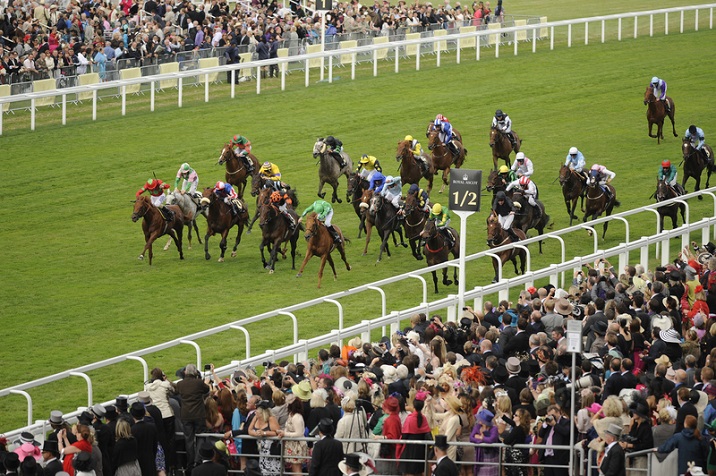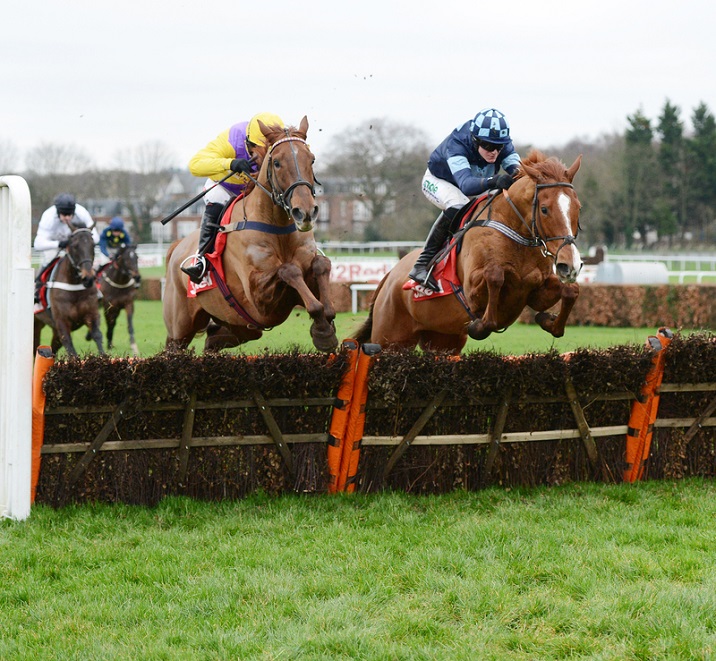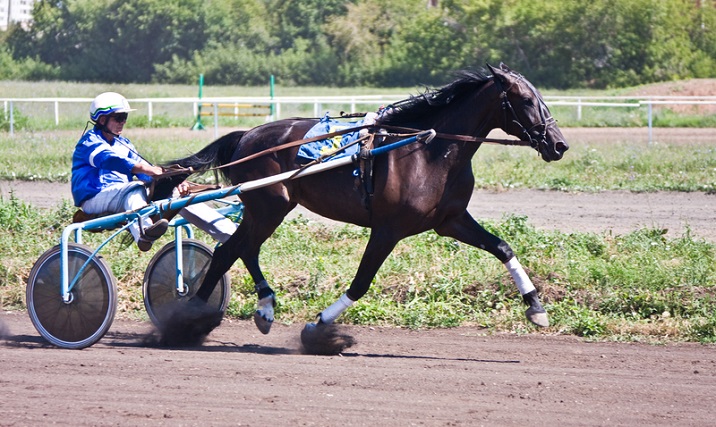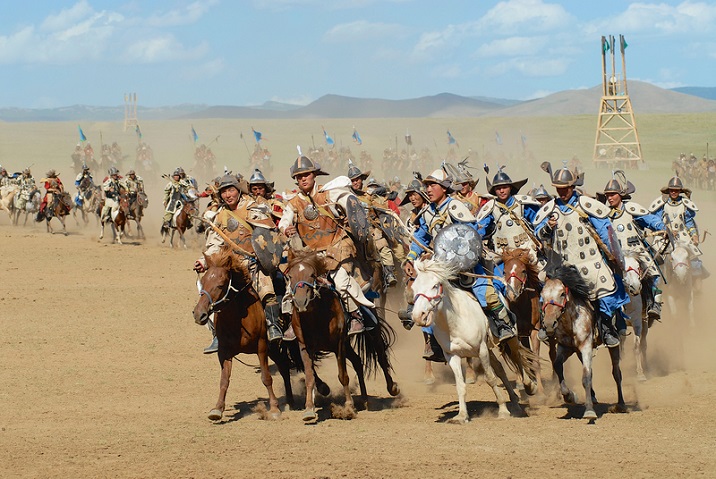Horse Racing – Variants
In this chapter, we will discuss in detail about the different types of horse racing. There are mainly four types of racing, which have been explained below
- Flat racing
- Jump racing
- Harness racing
- Endurance racing
Flat Racing
Most common form of horse racing is flat racing. Excluding some areas like Great Britain and Ireland where figure of eight tracks are followed, almost all flat racing tracks are oval in shape. Some use polytrack or Tapeta on their surface whereas some use dirt. The running off distance varies in between 400 meters to a maximum two and a half mile long.

Same weight is given to all the horses in terms of fairness. The younger and female horses are also given allowances. These type of races where the weight distribution is similar are also called as conditional races. On the other hand, in some races different weights are allocated to different horses, known as handicap races.
Jump Racing
As the name suggests the horse has to jump bigger obstacles in this race. Jump racing can be divided into two categories −
- Steeple Chasing
- Hurdling
Between these two, Steeple Chasing is slightly more difficult. In Great Britain, Jump Racing is also popularly known as the National Hunt Racing.

Initially, when a horse starts riding, it is put through flat racing. Gradually, the horse gets enough potential to jump bigger obstacles. At this time, he does hurdle racing. If the horse is believed to have more potential, then only it will be put through steeple chasing.
A type of racing under this category is known as Chase, in which the horse has to run over a distance of 2 to 4.5 miles. It has to jump over the fences that are minimum 4.5 feet tall. Another type of racing is Hurdling. In this, the horse has to race around a distance of 2 to 3.5-mile and has to jump over 3.5 feet high hurdles. There is another type of racing, which is called as NH flat Racing in which the horse has to run over a distance of 1.5-2.5 miles. It is also known by the name Bumper Racing.
Harness Racing
This is a type of racing in which the horse has to pull a sulky and needs to move in a particular gait. Two different types of gaits are usually employed, which are Trotting and Pacing.

In Trotting, the horse moves his leg forward in diagonal pairs. Striking the ground continuously, the horse first tries to move the right leg to front and left leg to the hind and vice versa in the second step. On the other hand, in Pacing, the horse uses just the opposite diagonal pairs as compared to a trotter.
Endurance Racing
Unlike horse racing, here the distance is not small. The horse travels across the country ranging from a distance of 40-160 Kms. As it is a long way of travelling, veterinarians are posted at every successive distance to check the health status of these horses, which gives them further permit to continue their journey.

This massive distance is further subdivided into various categories depending on the length of travel. These are marked as stars and noted as CEI. Following are the CEI notations approved by the FEI.
| CEI notation having number of star marks | Distance to be travelled (in km) |
|---|---|
| 1 | 40-79 |
| 2 | 80-119 |
| 3 | 120+ |
| 4 | 160 |
The first horse that crosses the vet check line having fitness certificate through periodical check up from the veterinarian is declared as the winner. There is a particular speed limit for the horses to ride in a particular day. The key factors to determine a wining horse also includes its speed and the rate of recovery from periodical checkups.
